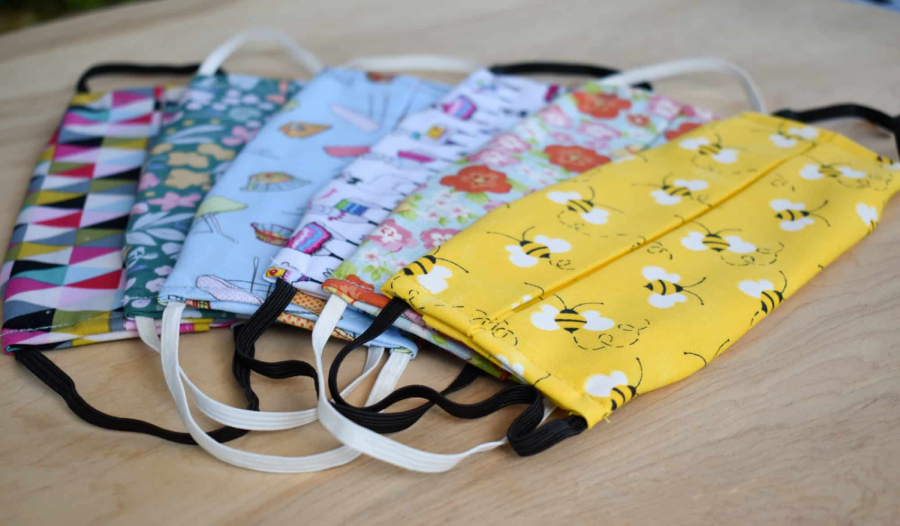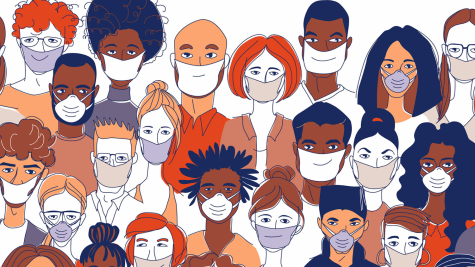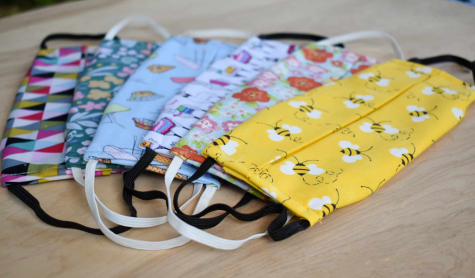Preventative Measures for Covid-19
December 14, 2020
There are many different kinds of masks. But which will truly keep you and those around you safe?
Image Courtesy of atriumhealth.org
As the COVID-19 pandemic continues, people practice many different preventative measures in order to stay safe. Evidently, staying home and limiting exposure to as many people as possible is the safest way to avoid contracting the virus. When conducting necessary business, however, what measures can you take? An article published in the Journal of General Internal Medicine reveals that regardless of face mask type, anyone with face coverings is less likely to be exposed to coronavirus particles than those without. However, which face masks are most effective? This article will review the success of many common types of face masks in protecting against the spread of coronavirus, citing research by reputable sources such as Duke University and Johns Hopkins Medicine.
To start, neck gaiters, bandanas, and masks with valves are all ineffective face masks. Neck gaiters and bandanas have material that is too thin to adequately protect against the movement of particles. Additionally, valves in masks allow droplets to travel in and out.
One-layer pleated style masks were next in ineffectiveness, not delivering enough protection for airborne particles. Two-layer pleated masks, of course, performed better than one-layer masks. Masks with more thickly-woven cotton provide better protection. However, it is worth noting that it performed even worse than its one-layer counterpart when not fitted properly, an important measure that about 60% of first-time mask wearers fail to take. For any mask, make sure you do not feel airflow, which can render your attempts to block particles from entering your respiratory system ineffective.
Two layers of polypropylene make the protective polypropylene apron mask. Because of the fabric’s quality that does not allow viruses and bacteria to live on it for very long, it is a great material to make homemade masks out of. Rubbing it with a rubber glove gives it an electrostatic charge, which traps incoming and outgoing particles. The cotton-polypropylene-cotton mask does a slightly better job and is one of the most protective options aside from masks that health professionals use.
The top two masks in safety may not come as a surprise: the three-layer surgical mask and the most effective, fitted N95 mask. Surgical masks are single-use only, and wearers enjoy protection from all but a tiny fraction of droplets. Though the fitted N95 mask offers much protection, because it is limited in supply, officials recommend citizens to use other options so that healthcare workers may have access to them.
As the situation worsens, especially in Los Angeles, wearing a mask, especially the right one, will offer a level of protection. Make sure to listen to government officials and scientists in order to do your part in keeping yourself and others safe.
Pleated face mask, courtesy of thewittygrittylife blog





